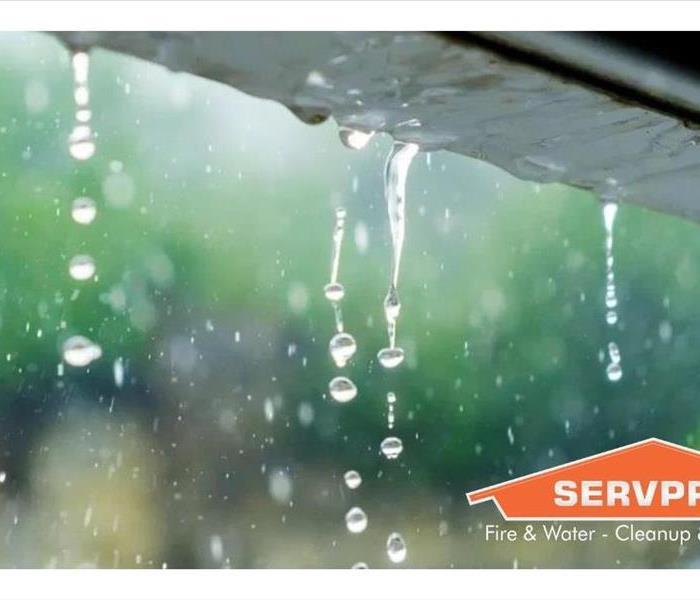What to do until help arrives: Clean water damage
4/7/2021 (Permalink)
Water damages to your home or businesses come unexpectedly and with haste. That is why it is always best to know what to do and what not to do when clean water damages your building.
Do:
- Shut off the source of water if possible or contact a qualified party to stop the water source.
- Turn off circuit breakers for wet areas of the building, when access to the power distribution panel is safe from electrical shock.
- Remove as much excess water by mopping or blotting.
- Wipe excess water from wood furniture after removing lamps and tabletop items.
- Remove and prop up wet upholstery cushions for even drying.
- Place aluminum foil or wood blocks between furniture legs and wet carpeting.
- Remove to a safe, dry place any paintings, art objects, computers, documents and other materials that are valuable or sensitive to moisture.
- Use wooden clothespins to keep furniture skirting off damp floors.
- Hang draperies with coated hangers to avoid contact with wet carpeting or floors.
- Hang furs and leather goods to dry separately at room temperature.
Don't:
- Enter rooms with standing water where electrical shock hazards may exist.
- Enter affected areas if electrical outlets, switches, circuit breakers, or electrical equipment are exposed to water. Always avoid electrical shock hazards.
- Leave books, newspapers, magazines or other colored items on carpets to cause staining.
- Leave Oriental rugs or other colored rugs on wet wall-to-wall carpets to cause staining.
- Use your household vacuum cleaner to remove water, possibly causing electrical shock or damage to the vacuum cleaner.
- Use TVs or other appliances while standing on wet carpets or floors, especially not on wet concrete floors.
- Turn on ceiling fixtures if ceiling is wet or enter room where ceilings are sagging from retained water.





 24/7 Emergency Service
24/7 Emergency Service
